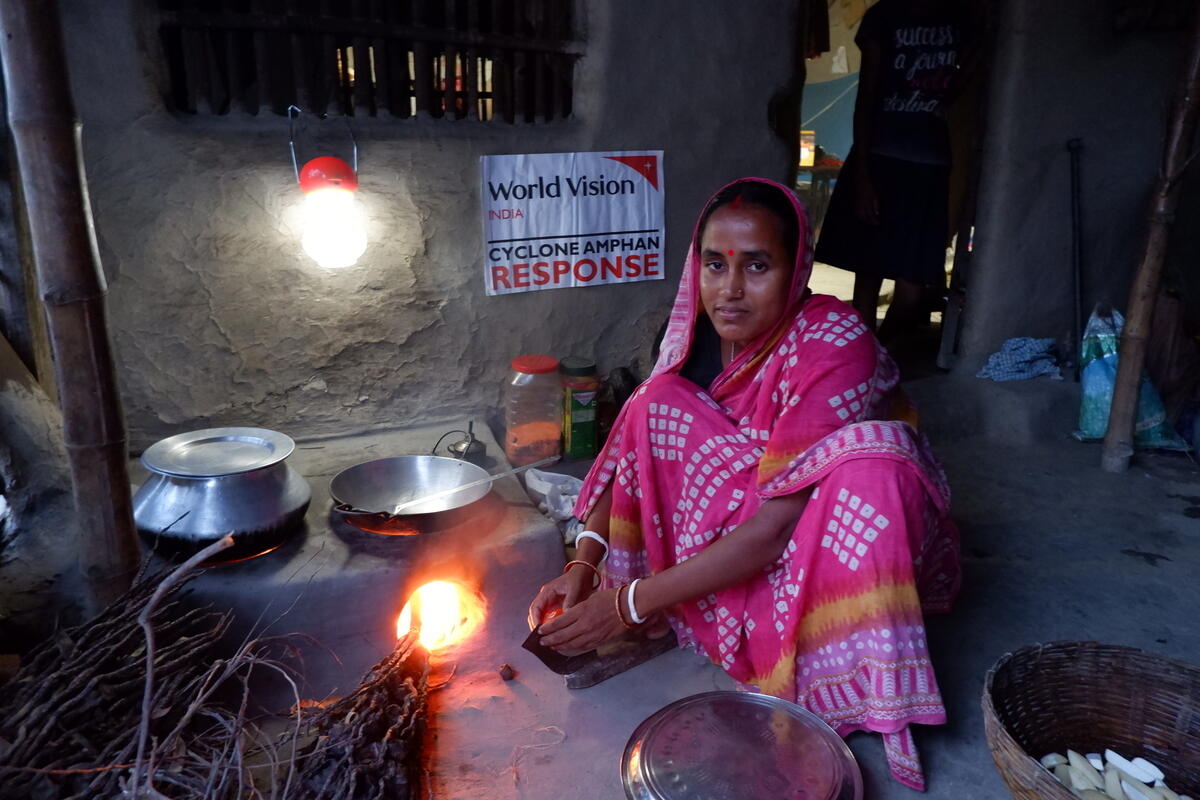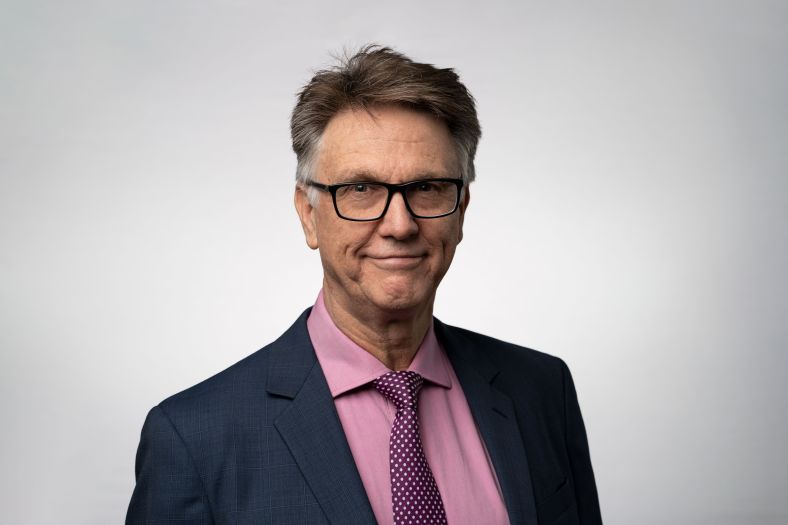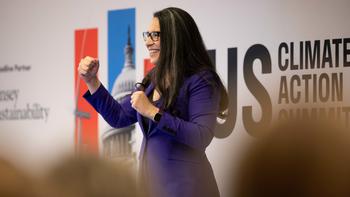
The fire and evacuation of 13,000 children and families from a Greek refugee camp after an outbreak of COVID-19 is a warning sign of emerging tensions as refugee camps worldwide battle outbreaks of the virus.
A massive blaze at the overcrowded Moria camp on the island of Lesbos followed protests on Tuesday by refugees angry at the segregation of those infected with COVID-19 after tests showed a doubling of cases to 35 in one day.
COVID-19 cases are increasing in some of the globe’s largest refugee camps after months of keeping the virus largely at bay. These new outbreaks in combination with lockdowns, movement restrictions and aid funding shortfalls could turn camps into tinder boxes of frustration and increased vulnerability unless more is done to help refugee populations get through the crisis.
In recent days, 32 new COVID-19 cases and seven deaths have been reported in the world’s largest refugee settlement in Bangladesh which houses 860,000 Rohingya who fled Myanmar; yesterday two cases – the first in Jordan’s refugee camps – were recorded in Azrac camp for Syrian refugees; and in Uganda’s Kyangwali camp for 123,000 people, and in Kenya’s Dadaab (population 218,000) and Kakuma camps, dozens of cases have now been reported.
“My heart is broken by the scenes from Lesbos. These are not refugees we see running through the streets to escape the fire – they are precious children. Girls and boys. And we should be ashamed of how we are treating these children and families.” said Graham Strong, acting CEO of World Vision Australia.
“We have long feared and warned about what would happen in crowded refugee camps, where social distancing is almost impossible, and where lockdowns on movement and tight restrictions over humanitarian access are creating dehumanising conditions,” he said
“With half the world’s refugee children out of school before the pandemic, the impact of COVID-19 restrictions on education in camps has been doubly catastrophic. Children are really struggling to learn. No parent wants to see that.” he continued.
He said the international community must not only support efforts to limit the spread of COVID-19 within camps but also ensure refugees and refugee children live in conditions with physical and emotional support to give them hope.
“Providing masks, hand-washing stations and decent camp conditions that allow people to stay safe, clean and healthy is essential,” said Mr Strong. “But it’s vital we rescue the education of this generation of children, and make sure parents have the chance to safely earn an income. Humanitarian agencies must also be able to provide the psycho-social support that is so clearly needed,”
World Vision is urging governments to ensure continuing humanitarian access to camps, for refugee schools to open wherever safely possible and for food and cash assistance distributions to be securely conducted and fully funded. Children and adults – many of whom have experienced violence and conflict – also needed to have continued access to mental and psychosocial support.
COVID-19 has the potential to impact 26 million refugees around the world, 85 per cent of them hosted in developing countries.
World Vision is responding to the devastating impact of COVID-19 in 70 countries and has reached more than 45 million people with interventions that limit the spread of the disease, strengthen health systems and workers, support children through education, child protection, food security and livelihoods as well as advocacy to protect vulnerable children.
World Vision’s Aftershocks: Deadly Waves report found that 61% of people surveyed in seven donor countries wanted their governments to invest in the global battle against COVID-19. You can read the report here.
NOTES
World Vision’s COVID-19 emergency response has reached 45 million people, including 19 million children in more than 70 countries across the world. In the six months since the pandemic was declared by the World Health Organisation, World Vision has:
- Trained and supported 97,000 community health care workers
- Supported 94,000 faith leaders to share preventive messaging and materials
- Provided 220,000 health workers with personal protective equipment
- Reached 1.3 million children with age-specific health education
- Supported 1.2 million children with child protection programming
- Distributed $US23 million in cash and voucher assistance







